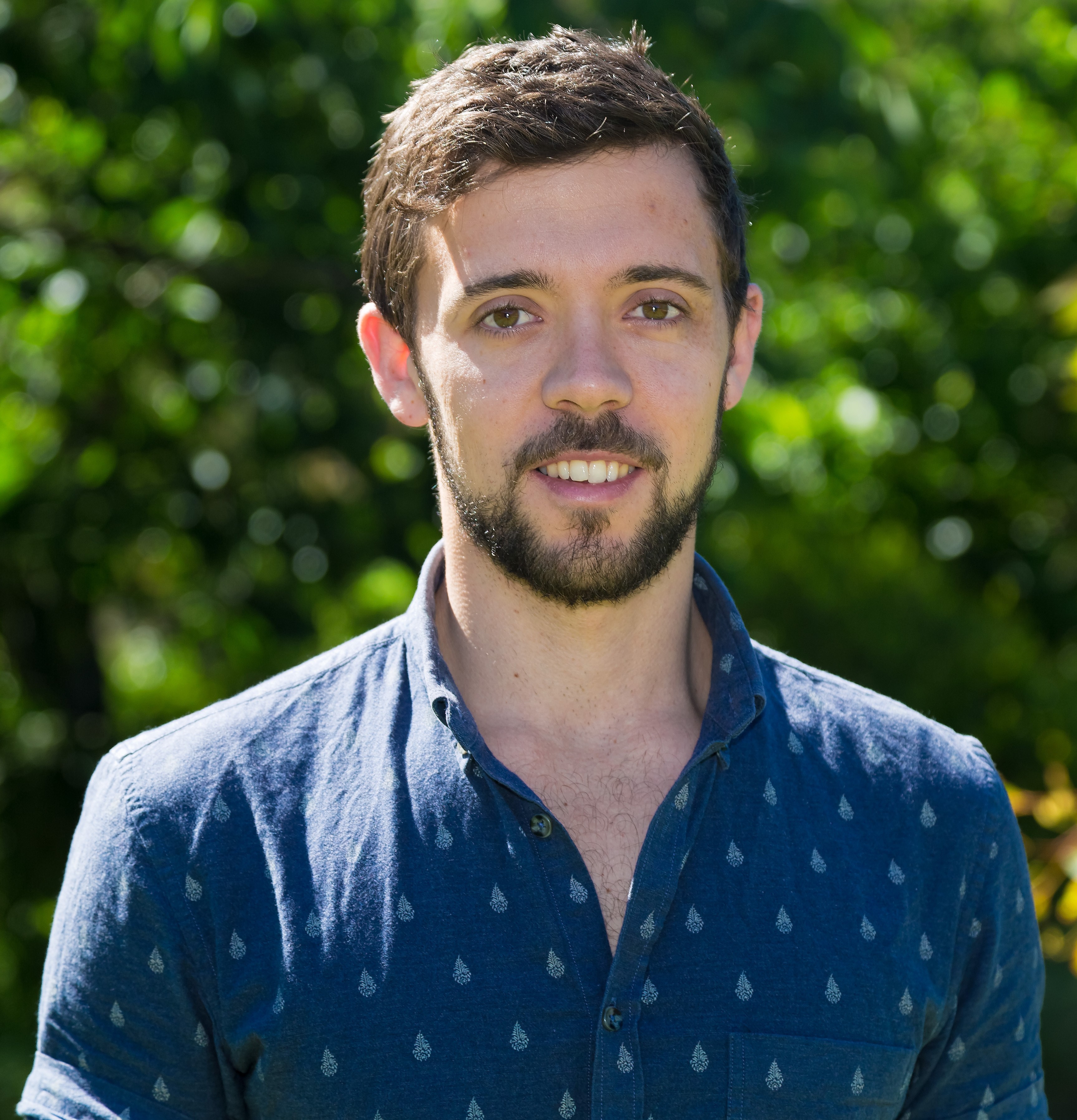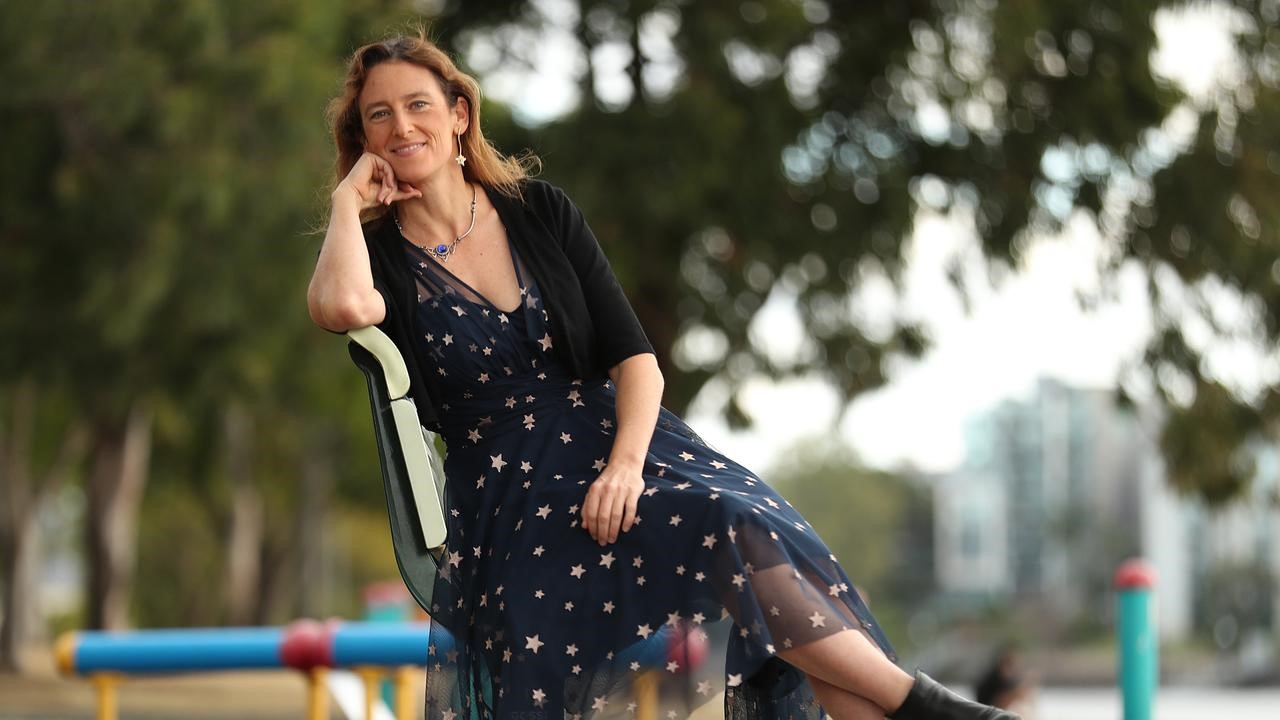In July, six Australian astronomers were recognised by the Astronomical Society of Australia (ASA), the country’s professional body for the field.
The awards were presented at the ASA’s Annual Science Meeting, hosted by the School of Physics at The University of Melbourne.
Searching for meaning in our cold, dark universe: Professor Geraint Lewis from Sydney University wins the David Allen Prize.
 The fundamental make-up of space and time, the prospects for extra-terrestrial life and whether there is one universe or many – these are some of the topics tackled by Sydney University’s Professor Geraint Lewis, both as a scientist and as a communicator. Through pop-sci books, magazine articles, podcasts, YouTube videos, public appearances and radio interviews, Geraint poses questions designed to spark searches for origin and meaning in a cold, dark universe. He believes that encouraging the next generation of STEM students is fundamental for Australia’s scientific and technological future.
The fundamental make-up of space and time, the prospects for extra-terrestrial life and whether there is one universe or many – these are some of the topics tackled by Sydney University’s Professor Geraint Lewis, both as a scientist and as a communicator. Through pop-sci books, magazine articles, podcasts, YouTube videos, public appearances and radio interviews, Geraint poses questions designed to spark searches for origin and meaning in a cold, dark universe. He believes that encouraging the next generation of STEM students is fundamental for Australia’s scientific and technological future.
Using ancient stars as fossils: Madeleine McKenzie from the University of WA wins the Bok Prize.
 The mechanics governing the formation of globular clusters – spherical concentrations of stars tightly bound by gravity – were a mystery until University of WA student Madeleine McKenzie uncovered a key dynamic during research for her Masters’ degree. Madeleine demonstrated how the material between stars plays a critical role in generating multiple populations of stars in globular clusters. These clusters are nearly as old as our Universe and, she suggests, represent the “fossilised record of the chemical evolution of the parent galaxy”. Now awarded her degree, Madeleine has moved to the Mount Stromlo Observatory at the Australian National University to start her PhD.
The mechanics governing the formation of globular clusters – spherical concentrations of stars tightly bound by gravity – were a mystery until University of WA student Madeleine McKenzie uncovered a key dynamic during research for her Masters’ degree. Madeleine demonstrated how the material between stars plays a critical role in generating multiple populations of stars in globular clusters. These clusters are nearly as old as our Universe and, she suggests, represent the “fossilised record of the chemical evolution of the parent galaxy”. Now awarded her degree, Madeleine has moved to the Mount Stromlo Observatory at the Australian National University to start her PhD.
Tracing the origin of fast radio bursts: CSIRO’s Dr Keith Bannister wins the Anne Green Prize.
 Fast radio bursts are transient high-energy pulses – lasting at most a few milliseconds – that streak through the cosmos. CSIRO’s Dr Keith Bannister succeeded in detecting a once-off FRB and, for the first time ever, identified its originating galaxy. Keith combines engineering and astronomy, developing new techniques for detecting FRBs by adapting the antennas of CSIRO’s Australian Square Kilometre Array Pathfinder (ASKAP) in Western Australia. He created a search technique, dubbed “fly’s eye mode”, which has thus far allowed him and colleagues to double the number of recorded FRBs.
Fast radio bursts are transient high-energy pulses – lasting at most a few milliseconds – that streak through the cosmos. CSIRO’s Dr Keith Bannister succeeded in detecting a once-off FRB and, for the first time ever, identified its originating galaxy. Keith combines engineering and astronomy, developing new techniques for detecting FRBs by adapting the antennas of CSIRO’s Australian Square Kilometre Array Pathfinder (ASKAP) in Western Australia. He created a search technique, dubbed “fly’s eye mode”, which has thus far allowed him and colleagues to double the number of recorded FRBs.
Does spacetime have memories? Dr Colm Talbot of Caltech wins the Charlene Heisler Prize.
 In his PhD thesis Dr Colm Talbot – formerly of Monash University, now at Caltech, created models to probe how binary black holes form, and developed a Bayesian code to better infer the properties of gravitational wave sources. The code quickly became a standard tool used by LIGO-Virgo research teams to classify the origins of detected black hole mergers. His work tests the prediction arising from Einstein’s general theory of relativity that a gravitational wave form will permanently deform the fabric of spacetime, leaving behind a “memory”. His research yielded tools that are now being deployed by various teams engaged in the hunt for the first confirmed memory detection.
In his PhD thesis Dr Colm Talbot – formerly of Monash University, now at Caltech, created models to probe how binary black holes form, and developed a Bayesian code to better infer the properties of gravitational wave sources. The code quickly became a standard tool used by LIGO-Virgo research teams to classify the origins of detected black hole mergers. His work tests the prediction arising from Einstein’s general theory of relativity that a gravitational wave form will permanently deform the fabric of spacetime, leaving behind a “memory”. His research yielded tools that are now being deployed by various teams engaged in the hunt for the first confirmed memory detection.
Finding the most extreme object in the Universe. Dr Joseph Callingham from Leiden University wins the Louise Webster prize.
 Dr Joseph Callingham discovered the brightest and most extreme stellar object found so far in the Universe. Dubbed Apep, after the ancient Egyptian god of chaos, it comprises at least three massive hot stars enshrouded in spectacular spiralling plumes of dust. Joseph and colleagues demonstrated that Apep is generating two types of stellar wind, one moving six times faster than the other – a profoundly strange result. Since the finding was first reported in Nature Astronomy in 2019, the work has ignited many new research projects and generated hundreds of media stories. Joseph is based at Leiden University in The Netherlands.
Dr Joseph Callingham discovered the brightest and most extreme stellar object found so far in the Universe. Dubbed Apep, after the ancient Egyptian god of chaos, it comprises at least three massive hot stars enshrouded in spectacular spiralling plumes of dust. Joseph and colleagues demonstrated that Apep is generating two types of stellar wind, one moving six times faster than the other – a profoundly strange result. Since the finding was first reported in Nature Astronomy in 2019, the work has ignited many new research projects and generated hundreds of media stories. Joseph is based at Leiden University in The Netherlands.
Look out for a feature on Joseph and his work in the next issue of Australian Physics.
Illuminating dark matter and dark energy: Professor Tamara Davis from the University of Queensland.
 University of Queensland astrophysicist Professor Tamara Davis has spent two decades trying to uncover the nature of dark matter and dark energy, which are invisible to our eyes, but can be “seen” by their gravitational effects. To do this she’s helped discover thousands of supernovae to trace the acceleration of the expansion of the universe, and detected the remnants of sound waves from the early universe in the pattern of galaxies over the sky.
University of Queensland astrophysicist Professor Tamara Davis has spent two decades trying to uncover the nature of dark matter and dark energy, which are invisible to our eyes, but can be “seen” by their gravitational effects. To do this she’s helped discover thousands of supernovae to trace the acceleration of the expansion of the universe, and detected the remnants of sound waves from the early universe in the pattern of galaxies over the sky.
“Lately I’ve been looking a lot at gravitational waves as well,” she says. “These provide a new amazing window we now have on the universe, where we can feel space rippling as two black holes collide, and there’s plenty of awesome new science we can do with that.”
Tamara was awarded the Robert Ellery biennial lectureship. She is only the third woman to be honoured.
She will deliver her lecture in 2022. This year’s lecture will be delivered by the 2019 winner, Professor Matthew Bailes, an astrophysicist at the Centre for Astrophysics and Supercomputing, Swinburne University of Technology, in Victoria. Professor Bailes’ lecture was delayed by the pandemic.
ASA president Associate Professor Cathryn Trott from Curtin University in WA commented, “The prizes celebrate research excellence, and demonstrate the breadth and impact of Australian astronomical research.”
